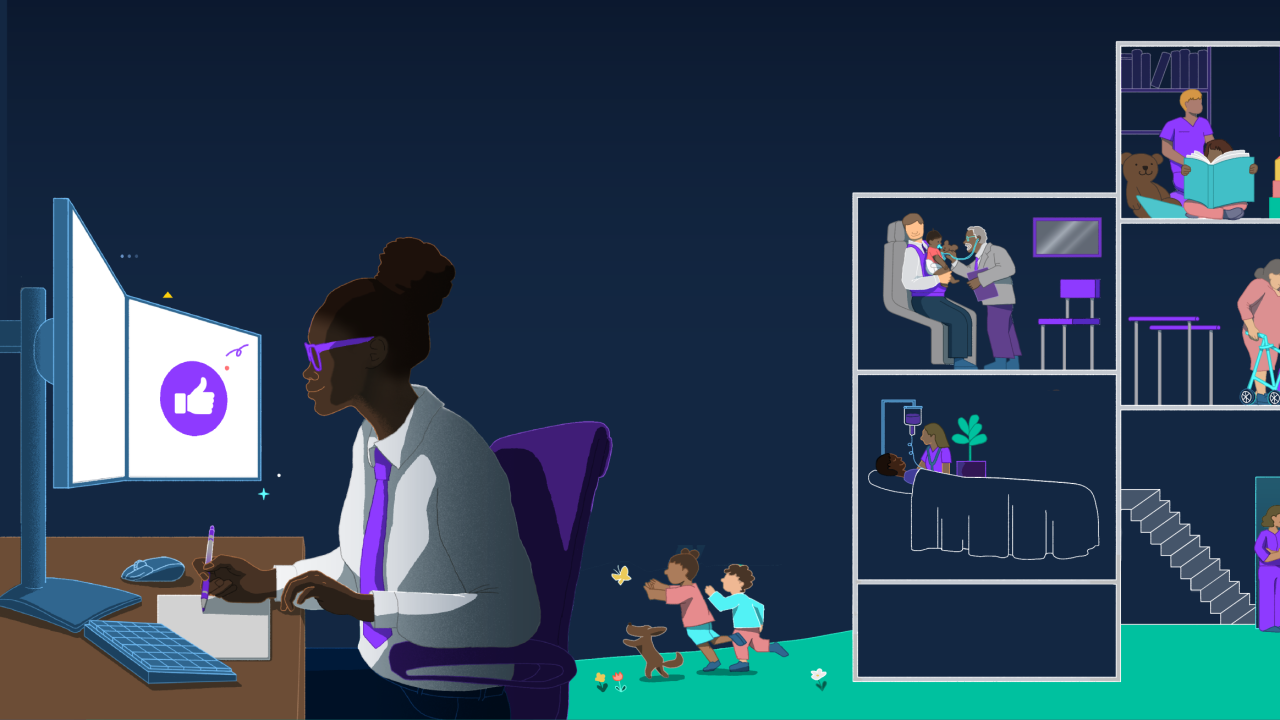- Key insight: Discover how HR's seat at the executive table enables aligned, high-impact people programs.
- Expert quote: Ashton: Holistic business understanding improves headcount, budgeting and benefits planning.
- Forward look: Prepare for AI-driven hiring complexities: authenticity, reskilling, and ethical guardrails.
Source: Bullets generated by AI with editorial review
Victoria Ashton's ability to connect with people makes her a strong HR leader. But it's her seat alongside her organization's top decision makers that allows her to
"Having a holistic understanding of what's going on with the business allows you to more effectively plan out programming, headcount, budgeting and benefits," says Ashton, who now serves as SVP of people at direct mail marketing platform Lob. "All of that helps a business be more successful."
People leadership's place at the table
Ashton's career started in recruiting, and along the way she earned a Masters of Law in labor and employment compliance, which bolstered her
"I worked closely with the CEO and founder, took on whatever task or program needed to be done, and that got me involved in recruiting, then onboarding, then operations, payroll and benefits," Ashton explains. "That experience allowed me to have a seat at the table [instead of being] an afterthought, which helped me see the role people leadership can play in shaping a business."
Read more:
At Lob, where she serves a workforce stretched across 29 states, her strategy for bringing people together combines cross-functional communications, thoughtful work setups, team gatherings and benefits. Ashton's end goal in these efforts is to find a balance between the needs of the company, while showing employees they matter.
Ashton shares the offerings that keep her remote teams connected, the role of employee feedback, why benefits are just as important as compensation, and how she's navigating the challenges of AI.
What is your system for keeping Lob's remote workforce connected and productive?
With remote work, no person's situation is the same, so we needed to make sure there was a multi-faceted framework in place. If people need it, they have a second space no matter the city they're in through a platform called Deskpass. Employees are loaded up with credits every month that they can use through the Deskpass app, and have access to a number of different co-working spaces in their city or if they're traveling. We also have a home-setup stipend when you get hired to make sure that if you do have an office, you're able to really build that out well.
We set up community ambassador groups on Slack, so anyone that's in the general same area will be put into a Slack group together, and then we allocate a budget for those people to get together and do in-person events. Our LA group did a pottery class; in San Diego we went to a Padres game; other folks have gone out to dinner. Leaders also plan in-person gatherings for their teams; I took my whole team to New York City in April, and we're doing another trip in September to Portland.
In the remote work world, it's easy to forget that there's a human on the other side of your Slack or Zoom. Those in-person gatherings bring back to the surface that we're all on a team together, and those connections are super important to productivity, communication, interpersonal and working relationships.
Read more:
How do you make sure Lob's employees feel comfortable sharing feedback?
People don't speak up unless they believe that it's secure and that it matters. I work to model transparency, consistency and humility, because feedback is fundamentally about trust. If people see that leadership listens, reflects and responds even when it's uncomfortable, they're far more likely to engage openly.
From there, we've built multiple avenues for feedback to ensure accessibility and inclusion. That includes anonymous surveys that track sentiment and engagement, listening tours and leader roundtables that allow for unscripted dialogue, and empowering managers to handle live feedback and act on it at the team level.
But one of the most important practices we implemented is being radically honest about what can and can't change. Sometimes, feedback inevitably touches areas beyond HR's direct control. When that happens, I make it a priority to be transparent: "We hear you. This is why this may not shift right now, but your input still matters."
Feedback should never be a black hole. If employees feel listened to and respected, even when the outcome isn't perfect, they will often choose to remain engaged and invested in the culture we're building together.
Why is putting together the right benefit so important for recruitment, satisfaction and retention?
In my mind benefits are not secondary to compensation — it's just as important to put a lot of strategy and intention and budget behind that. What we see on the recruiting front is that this is sometimes the deciding factor for candidates, so making sure our benefit strategy is holistic and can meet people where they are, is important.
We have a great benefits admin that's a strategic partner to me and that I view as an extension of my own team, and we get together with our account manager pretty often to strategize on the different plans that we offer.
Outside of core offerings like medical, dental, vision, we have Carrot Health as a benefit, we have a health and wellness stipend — different things that can help augment and just make people's lives better. That's really the strategy that I employ as a people leader: How much can I do for as many different people, for as many diverse needs that they have?
Read more:
What do you see as a major upcoming challenge for people leaders?
AI is evolving faster than anyone anticipated, reshaping not only how businesses operate but also how we define value, contribution and talent itself. For people leaders, the task isn't just staying current with the tools, but leading organizations through the emotional, ethical and strategic implications of this transformation.
We're already seeing its effects in key parts of the employee lifecycle — particularly hiring. My team is actively navigating how to screen candidates in a world where AI-generated résumés, chatbot-assisted interviews and even deepfake video submissions are becoming more common. It's forcing us to rethink what authenticity looks like, how we assess true capability, and how we build trust in a digital-first hiring process. And this is just the beginning.
Looking ahead, we'll need to reimagine workforce design and role expectations, build systems for continuous reskilling, not one-off training, create AI literacy at all levels of the business, establish ethical guardrails to ensure fairness and transparency, and most importantly, maintain a culture that values human creativity, judgment, and empathy, even as automation continues to expand.
The biggest challenge won't be whether we can adopt AI tools, but rather whether we can do so in a way that's ethical, inclusive, and aligned with our values. That's [why] people teams have to lead the charge, not just react to the change.






